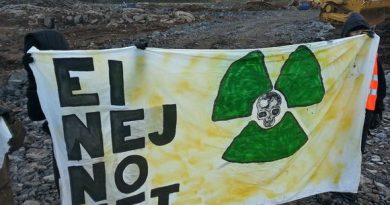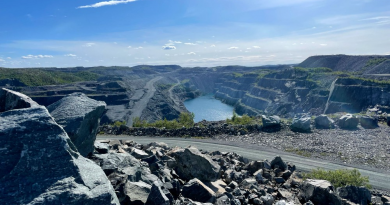Arctic at a crossroads: Run down on how Canada’s political parties plan to defend the North
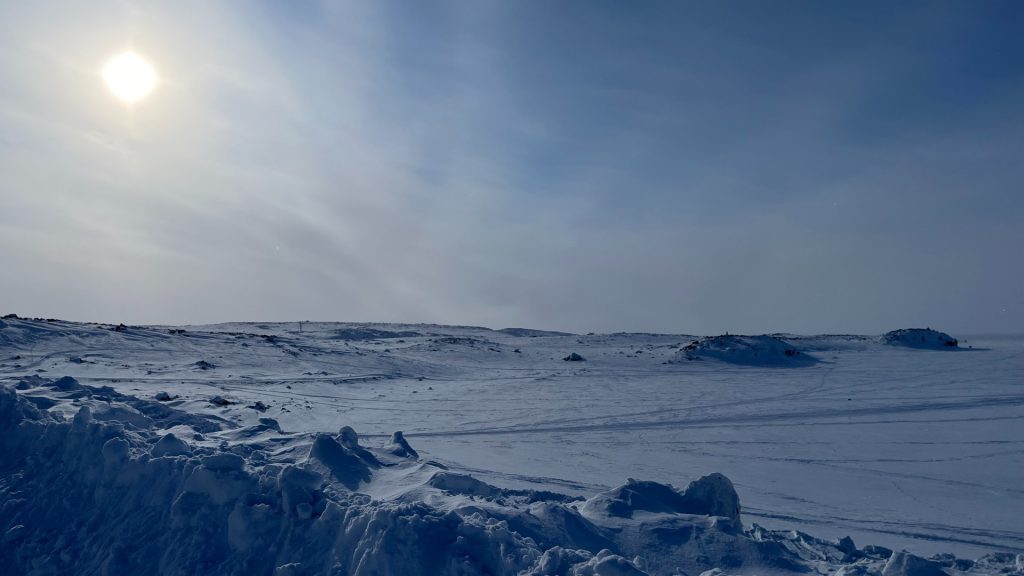
Canadians head to the polls on April 28, and as the campaign draws to a close, this is a final look at the distinct visions for military readiness, sovereignty, and northern development offered by the four major political parties in their platforms.
While the Bloc Québécois, Conservatives, Liberals, and NDP all support meeting NATO’s target of spending 2 per cent of GDP on defense, they differ in their timelines for reaching that goal — as well as in their other priorities.
Here’s the rundown:
Military Spending
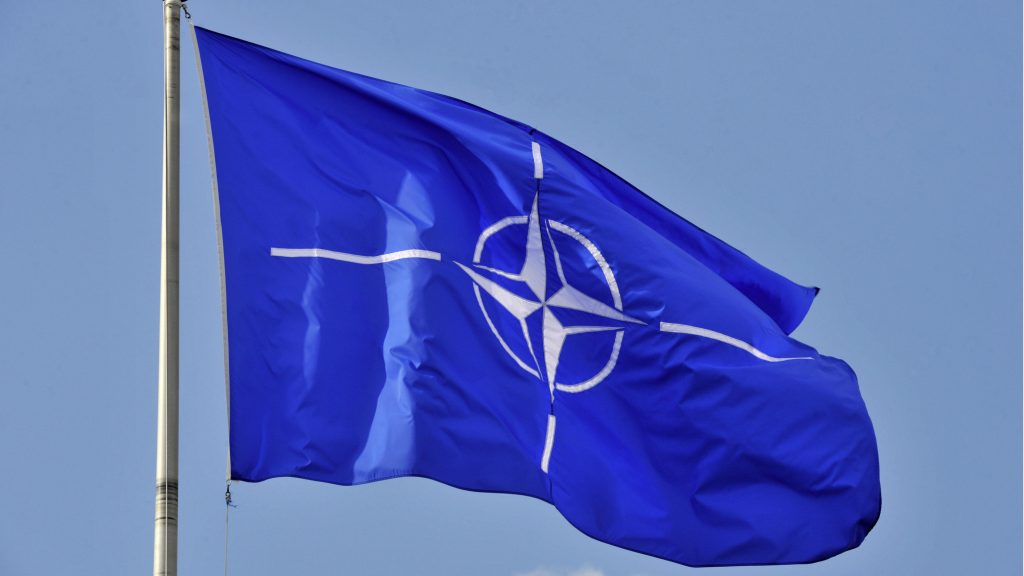
- Bloc Québécois: Supports NATO’s 2 per cent spending goal and focuses on defense technology sovereignty. They propose suspending the F-35 deal unless Canada gains access to its source code.
- Conservative Party: Commits to reaching the 2 per cent defence spending target by 2030. They prioritize military expansion, including new equipment and bases in the North.
- Liberal Party: Says Canada on track to surpass 2 per cent target by 2030. An emphasis also on modernizing NORAD and dual-use infrastructure.
- New Democratic Party (NDP): Supports a slower increase in defense spending, reaching the 2 per cent target by 2032. They said they will prioritize infrastructure that will directly benefit Northern communities.
Arctic Sovereignty and Defence Technology
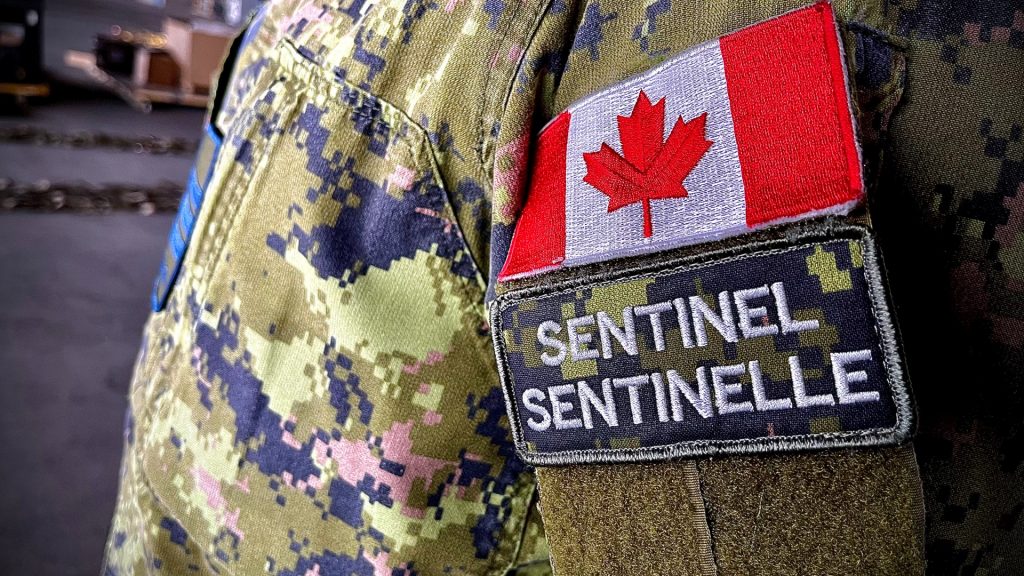
- Bloc Québécois: Advocates for Arctic sovereignty through Quebec’s industrial strength, particularly shipbuilding. They emphasize diplomacy and international partnerships, especially with Europe.
- Conservative Party: Focuses on strengthening Arctic defense with advanced equipment, including icebreakers and long-range detection aircraft. Increase the Canadian Rangers to 4,000 from 2,000, and add 10,000 cadet spots. Acquire Airborne Warning and Control Systems, boosting radar surveillance and command capabilities in the Arctic skies.
- Liberal Party: Aims to modernize defense through dual-use infrastructure for civilians and the military in partnership with Indigenous communities. A network of deepwater ports to ensure year-round protection of the Northwest Passage. They also propose creating a Canada-Europe Arctic security agreement and upgrading NORAD.
- New Democratic Party (NDP): Would cancel F-35 deal and support a plan that creates jobs by having planes built and maintained in Canada.
Defence Infrastructure and Military Presence in the North
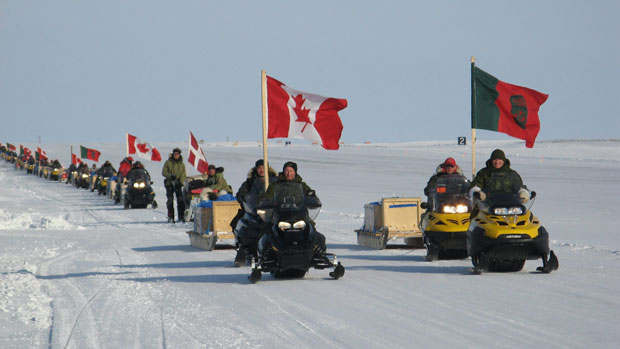
- Bloc Québécois: Proposes leveraging Quebec’s shipbuilding sector to bolster Arctic defense, focusing on economic growth through defense initiatives.
- Conservative Party: Plans to expand military bases in northern cities like Iqaluit, Churchill, and Inuvik. Create a security route in the Arctic, stretching from Yellowknife, N.W.T., to Grays Bay, Nunavut including a 600km all-weather road.
- Liberal Party: New submarines, icebreakers, and expanding aerial and underwater drone fleet.
- New Democratic Party (NDP): Focuses on building infrastructure that would serve both the military and local communities.
Comments, tips or story ideas? Contact Eilís at eilis.quinn(at)cbc.ca
Related stories from around the North:
Canada: Poilievre stresses Arctic defence plans as northern issues surface in election debate, Eye on the Arctic
Finland: US, Norwegian forces in Lapland for rapid reinforcement exercise, The Independent Barents Observer
Norway: Oslo looks to Brussels for strengthened security and defence, CBC News
Sweden: Swedish defence working on developing military drone force, Radio Sweden
United States: White House releases U.S. Arctic strategy implementation plan, Eye on the Arctic

